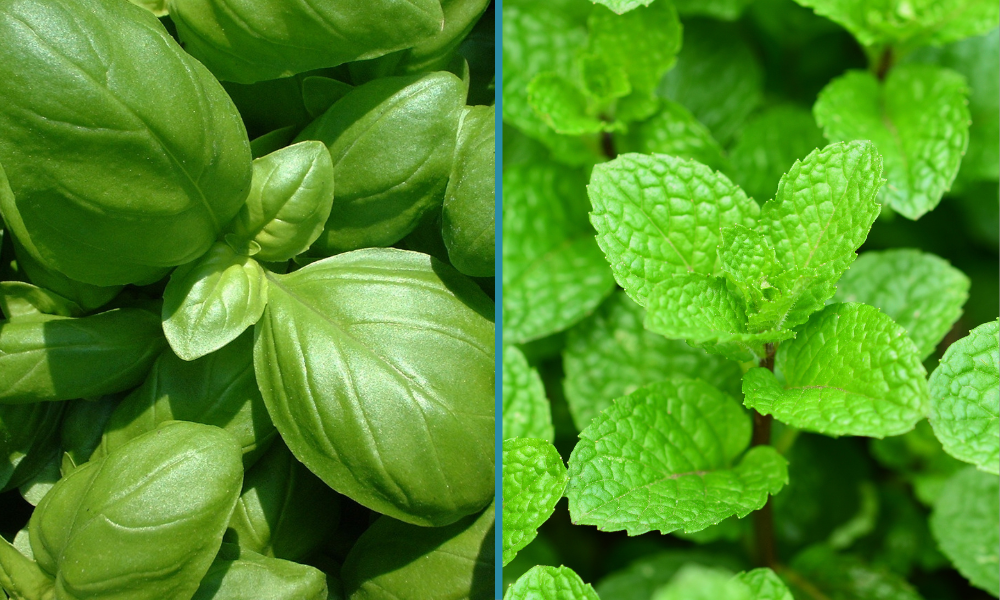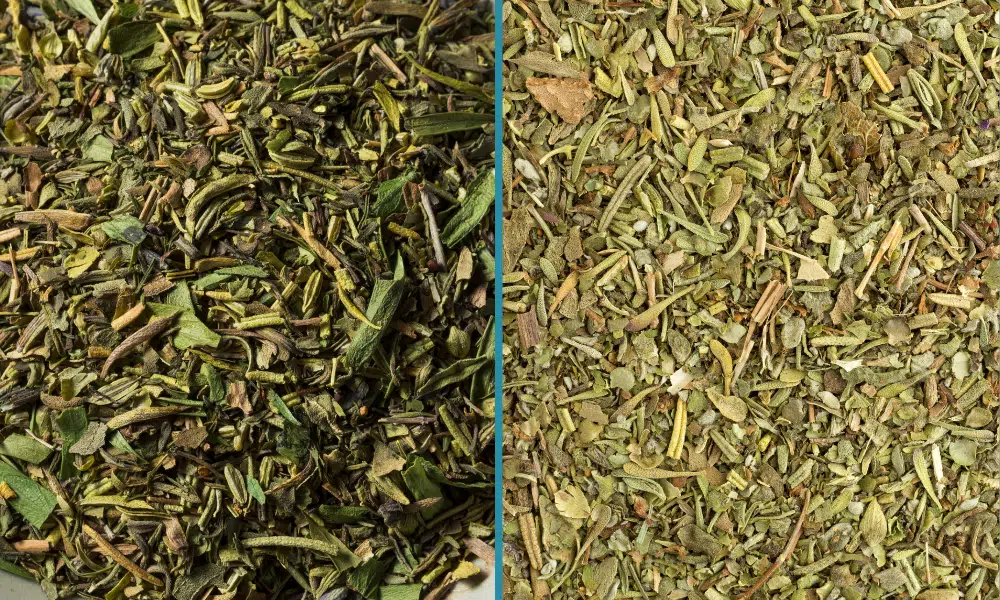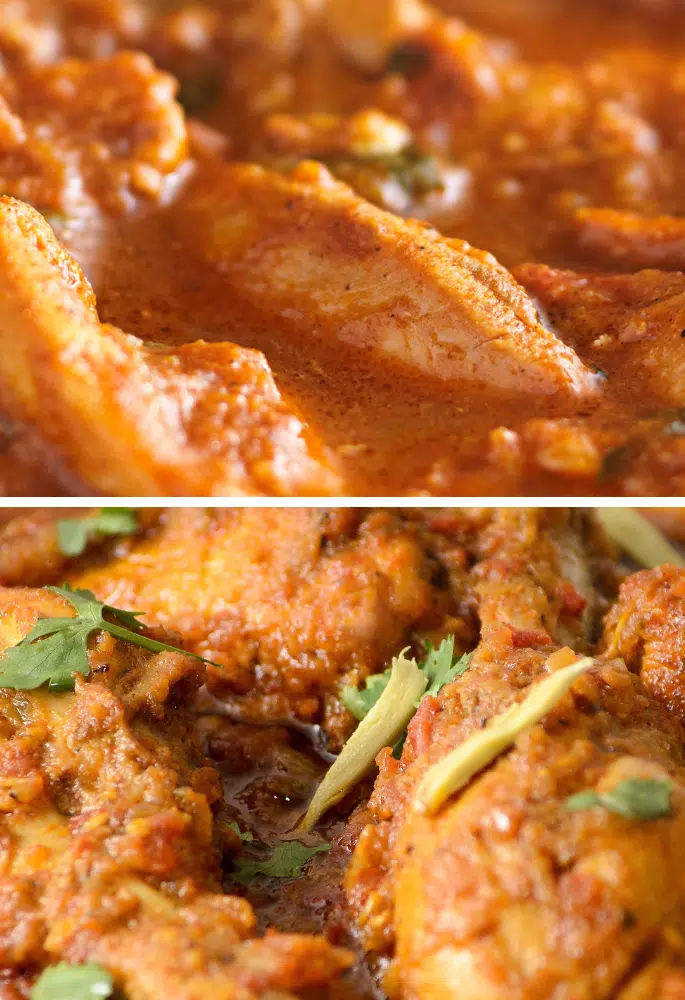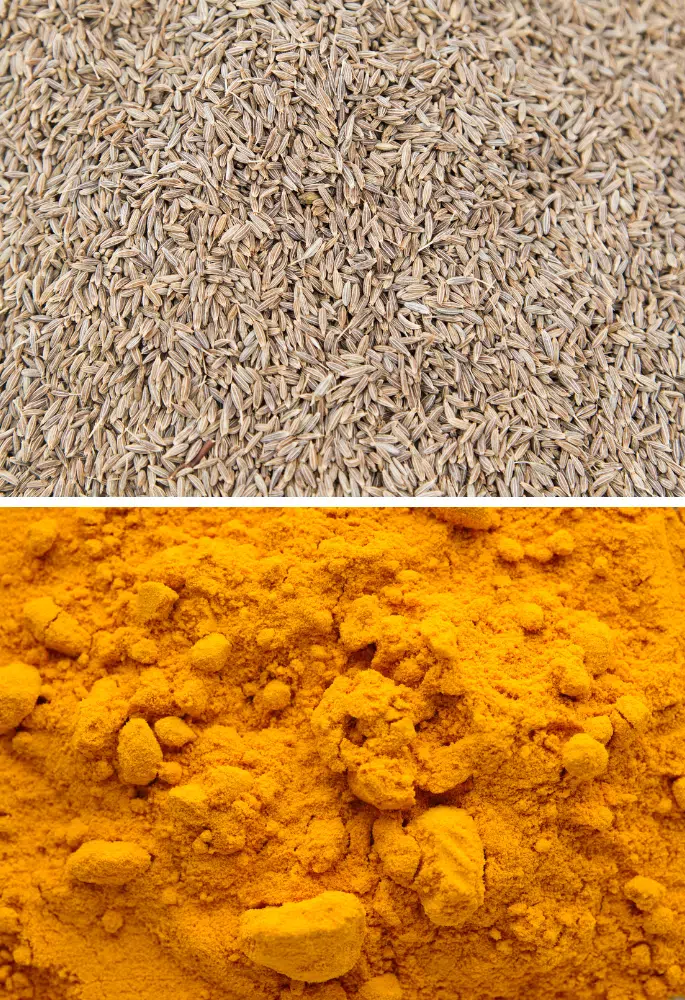The confusing thing with chervil is that it is sometimes referred to as French parsley but this doesn’t mean they are botanically related. There are various differences between chervil and parsley.
The main difference between chervil and parsley is the flavour. Parsley has a fresh, subtle flavour with a hint of bitterness. Chervil, on the other hand, is like parsley but with the added flavour of liquorice or aniseed.
What is Chervil?
Chervil is a leafy herb popular in French cooking – hence its other name, French parsley. It is not commonly used across the world. Instead, it has become synonymous with French cuisine and is an essential element of Fines Herbes.
Although chervil tends to be a little challenging to come by in the supermarket, it is effortless to grow yourself. Sprinkle seeds on the ground in spring, cover with a thin layer of compost and a few weeks later, you’ll have chervil at a fraction of the cost!
Chervil can be used in several ways. It can be combined with other fresh herbs to create a mix for sauces and marinades. It can be used simply as a garnish and it can also be used to flavour vegetables.
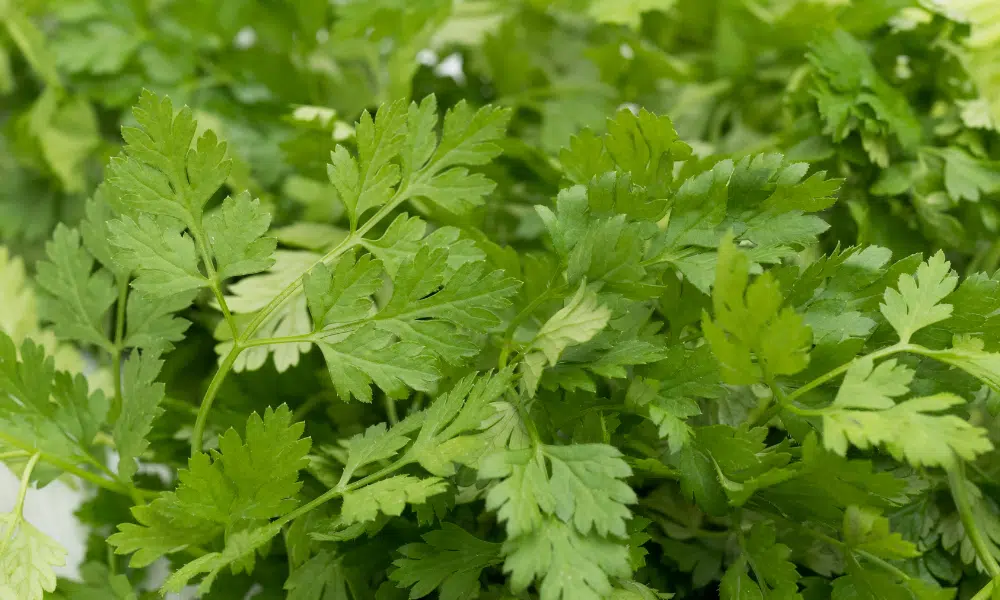
What is Parsley?
Parsley is one of the most commonly used herbs globally and can be found in cuisines in all parts of the planet, including Europe, Africa and the Middle East. It is not very common in East Asian cooking, however.
Generally, it can be found in flat leaf or curly forms, although the flat leaf is the most common and preferred in cooking.
Like most herbs, parsley does not need to be cooked to be enjoyed. In fact, cooking it for too long can cause it to turn bitter and ultimately lose its flavour.
Parsley is a hugely versatile herb. It can be used as a garnish. It can be chopped and stirred through sauces, soups and stews. It can be blitzed to create a dipping sauce such as salsa verde.
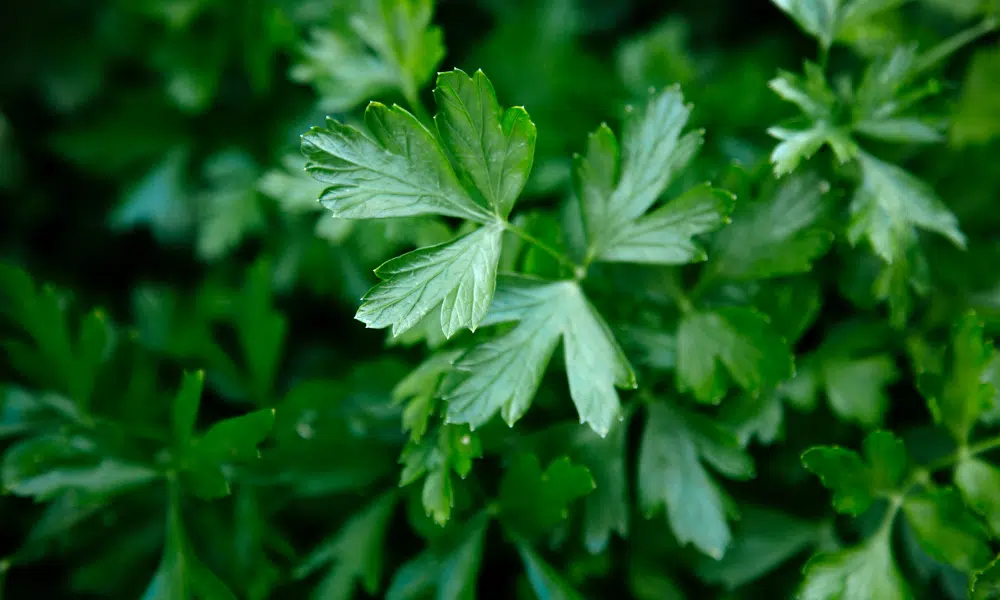
Differences Between Chervil and Parsley
The list of differences between chervil and parsley is quite extensive. Here are the features of these herbs which are different:
- Flavour – The obvious way to tell the difference is their flavour profiles. Although they share some characteristics, chervil has a milder flavour than parsley with a hint of aniseed, whereas parsley tends to be a little more bitter.
- Texture – If you feel chervil leaves, you’ll find them softer and more silk-like than parsley which tends to have rougher leaves. This will be impacted by the age of the plant, of course.
- Colour – Yes, both parsley and chervil are green, but when you take a closer look, you’ll realise they are different shades. Chervil tends to be pale green, whereas parsley is a deeper shade of green.
- Availability – Parsley can be picked up in every supermarket and even most corner shops. Chervil, however, is far more challenging to get ahold of. It’s easy to grow it yourself.
- Price – Because chervil is not found easily, it tends to be more expensive to buy in the first place. You’ll probably need to head to a specialist food shop or farmers’ market; they always come with higher price tags. This is, of course, assuming you don’t live in France, where it is an essential herb in cooking and, therefore, not pricey.
Similarities Between Chervil and Parsley
Although there is quite an extensive list of differences between the two herbs, they do share some similarities:
- Appearance – They may not look identical, but there are a lot of similarities between the two. Both herbs are green and have similarly-sized leaves that have a very similar shape. If you’re not used to seeing chervil, then it would be easy to mistake it for parsley.
- Uses – Chervil and parsley can be used in Fines Herbes, herb mixes, marinades, sauces, and garnish. Both herbs are not often cooked for long periods as this will break these soft herbs down a little too much.
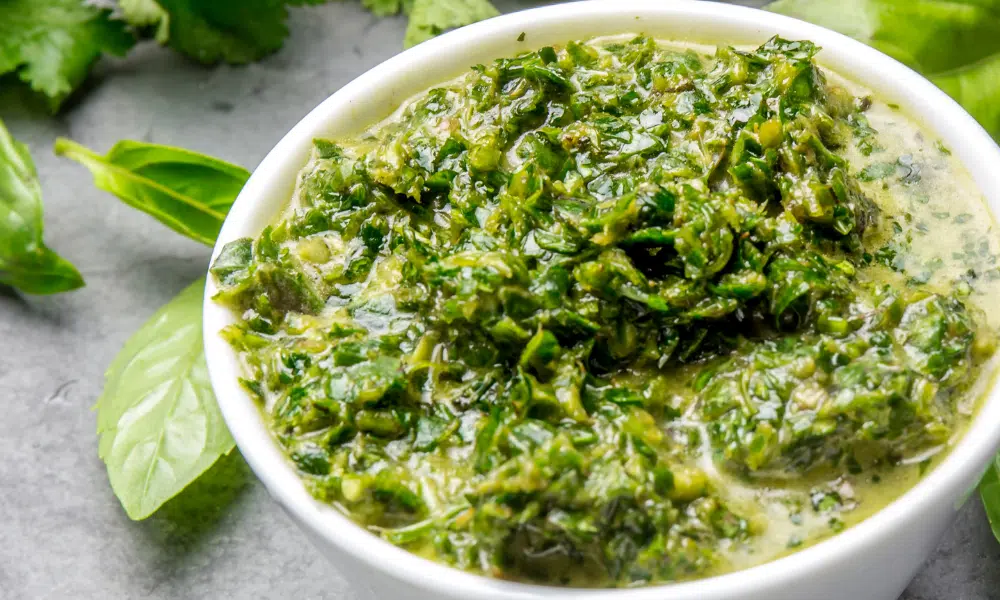
Is Chervil Parsley?
This question gets asked frequently by people who have not used chervil before. To the untrained eye, it’s easy to see why. They do look pretty similar, and when you give them a quick sniff, they do have a similar fragrance.
But chervil is not parsley. They are entirely different herbs. Although you could use them in the same dishes and can often swap one out of the other, they are not the same herb.
Chervil vs Parsley: Which Wins?
So, you’ve got the choice between chervil and parsley, but which will you pick? It’s chervil vs parsley:
Do You Prefer Chervil or Parsley?
Chervil and Parsley FAQs
If you have more questions about chervil and parsley then these FAQs might help you out:
Yes, you can swap chervil out for parsley or vice versa but expect the flavour to change a little. If you add chervil instead of parsley, you may find your dish has a subtle aniseed flavour.
No, chervil is not just flat leaf parsley. Chervil is its own herb with its own flavour profile. Chervil has softer leaves that carry a hint of aniseed flavour.
Yes, chervil is sometimes referred to as French parsley. This is because it looks similar to parsley and it is a hugely popular herb in France, often used instead of parsley.
Lewis is the founder and editor of Let’s Foodie alongside other food-related platforms including FreezeIt and SubstituteIt. He launched Let’s Foodie to provide aspiring cooks with one place to get the answers to some of the most commonly asked cooking questions.

